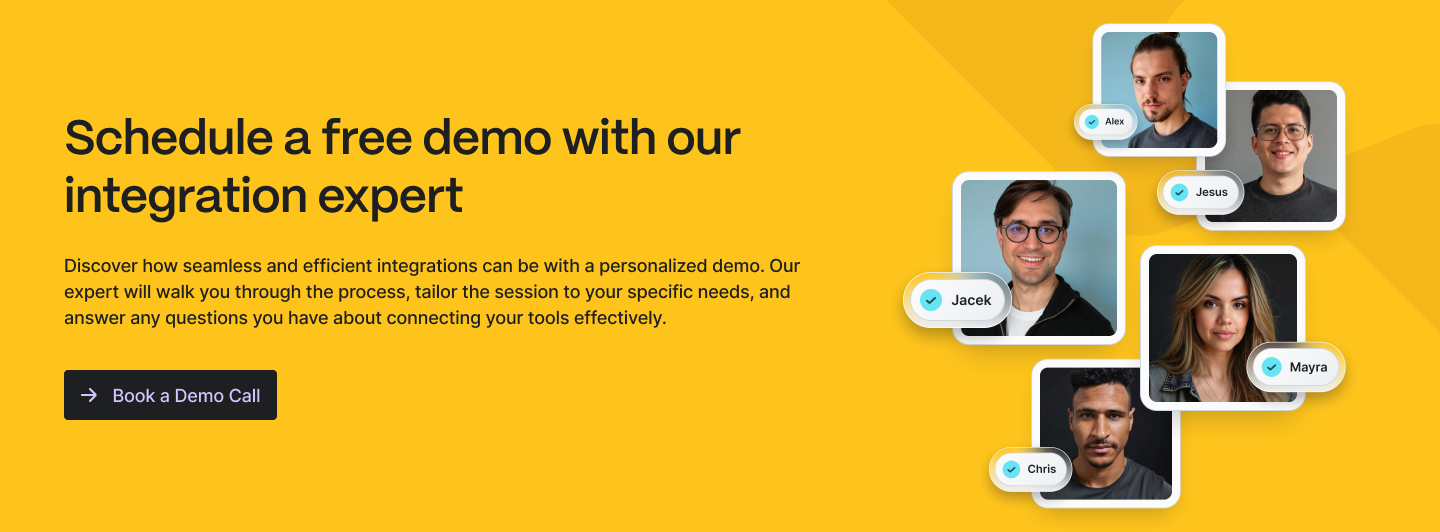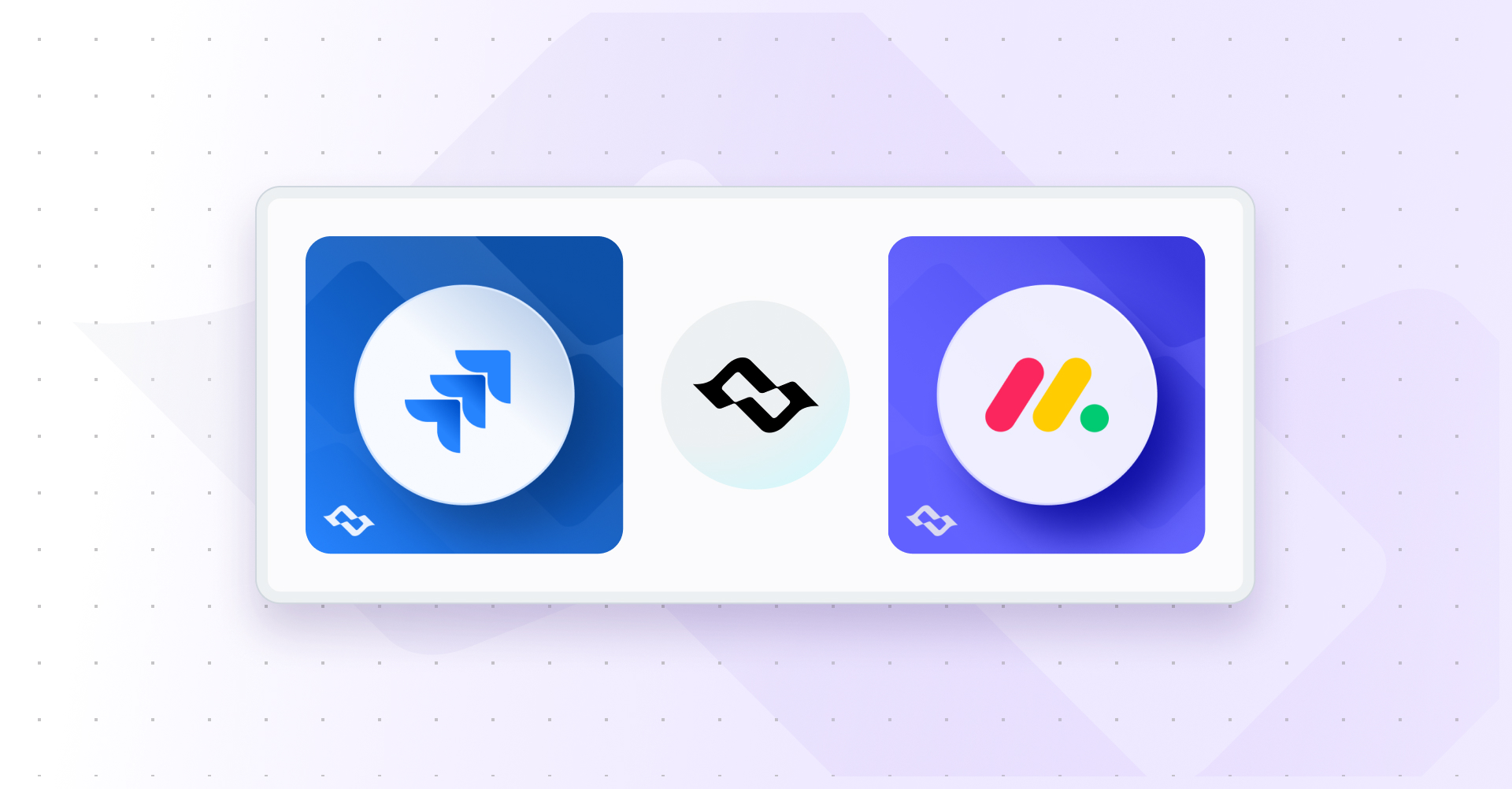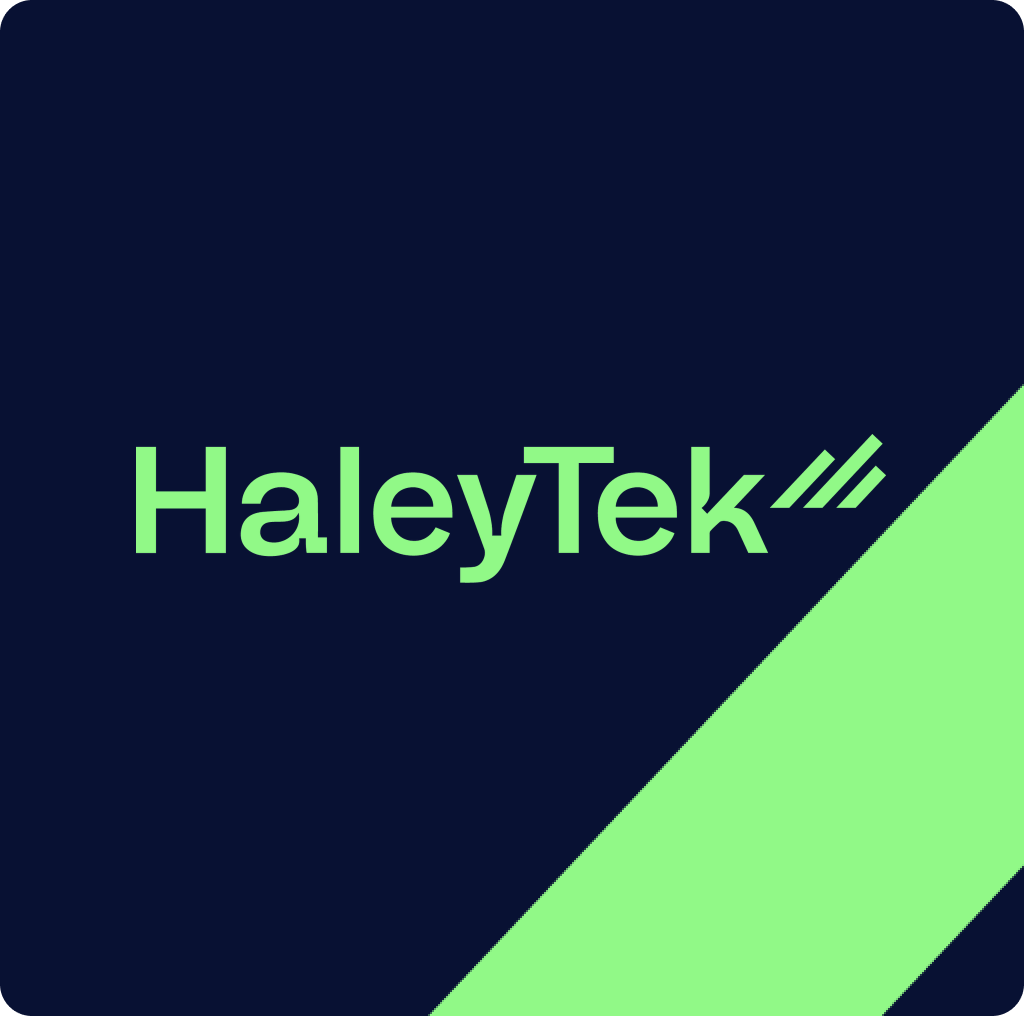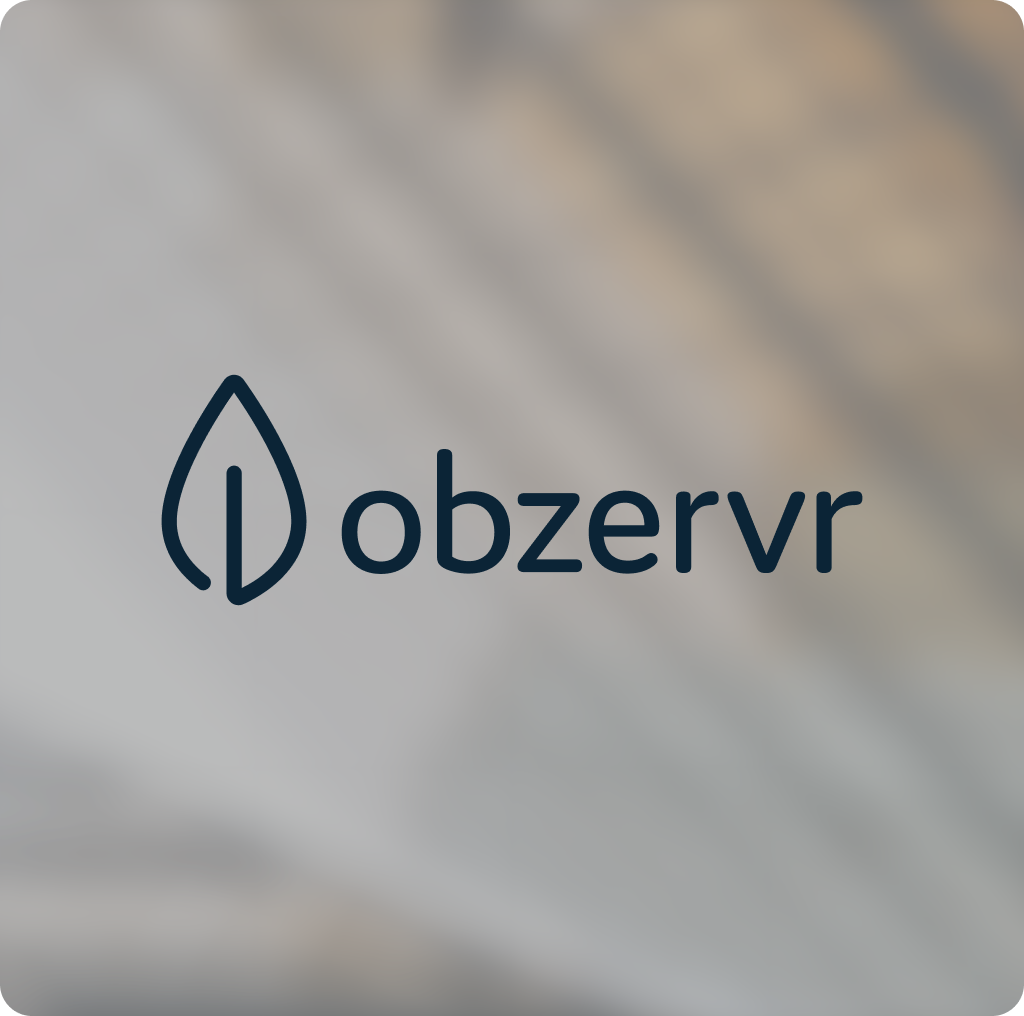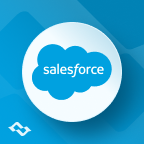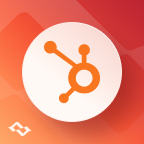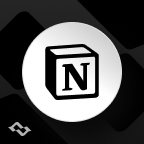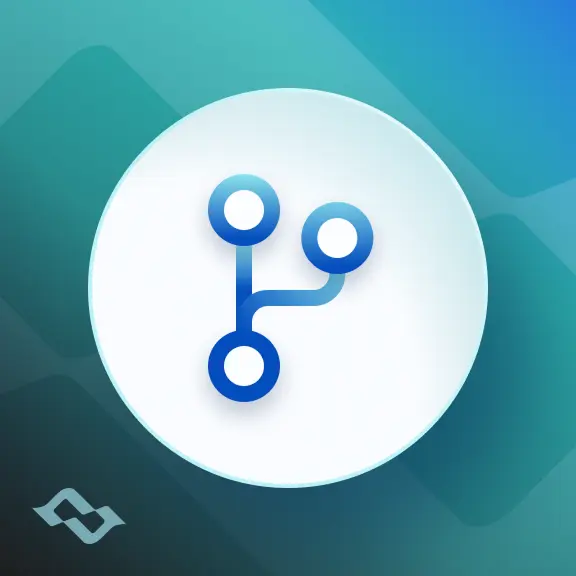Seamlessly connecting Monday.com with Jira enables teams to centralize collaboration, automate workflows, and synchronize project updates in near real time.
Many organizations use Jira to manage development pipelines, while others rely on Monday to oversee broader project management efforts. The true magic, however, unfolds when these two complex platforms are seamlessly integrated in a two-way sync, improving communication and accelerating delivery timelines.
In this guide we cover:
- Key benefits of integrating Jira with Monday
- Choosing the right integration approach
- Step-by-step setup using the Getint platform
- Practical examples, use cases, and best practices
Let’s start by looking closer at each tool.
What is Jira
Jira is a highly configurable development and issue tracking system from Atlassian, widely adopted by software developers, QA engineers, and project managers. It's highly configurable and can be tailored to fit any workflow, from the simplicity of Kanban to the iterative cycles of Scrum or a customized mix. It offers features like backlog prioritization, sprint planning, burndown charts, advanced reporting, and configurable dashboards for a real-time view into the project's progress.
What is Monday.com
Monday.com is a collaborative work operating system designed to navigate workflows visually. It enables teams to assign tasks, set priorities, track progress, and communicate - all within an easy-to-use, customizable interface.
Its flexibility supports teams across marketing, HR, sales, and customer service as well as project managers in technical or non-technical departments.
Use Cases for Integrating Jira with Monday.com
- Unified collaboration and communication
Create a shared view of tasks regardless of which platform they originate from, enabling cross-functional teams to stay aligned on goals and deadlines - particularly useful when technical and non-technical teams need to work in sync. - Near real-time status updates
Changes to Jira work items can be automatically reflected in Monday tasks - and vice versa - eliminating manual updates and improving accountability. - Task automation and trigger actions
Trigger actions between systems. For example, a newly opened Jira tasks create tasks in Monday automatically. - Enhanced visibility
Connect issues or requests from Monday with relevant Jira tasks. This supports teams understand common pain points and prioritize future changes, helping product development to better meet customer needs and anticipate potential errors.
Choosing the Right Jira Monday Integration Tool
While in some basic cases native integration could work fine, there are also simple ways to integrate Monday with your Jira account to create more customizable connections. Selecting the right method depends on:
- your Jira environment - whether you’re using account on Jira Cloud or Jira Data Center;
- the level of needed customization, task visibility, and syncing control you need.
Below you can find essential decision points when choosing your Monday.com integration strategy.
1. Monday Jira One-way or Two-way Integration?
Some platforms, like Zapier or Workato, support only one-way integrations. While they may work for basic use cases, they fall short in scenarios requiring constant status updates and feedback loops.
With Getint, you can create two-way sync - allowing updates from Jira Cloud to reflect in Monday.com and vice versa. You can also create the sync direction per field (e.g., sync tasks bidirectionally, but keep labels one-directional).
2. Sync Only What's Necessary
You may not want to sync your entire Jira project or workspace - or perhaps you collaborate with various partners/contractors and need to ensure task privacy between other teams. It's crucial to have a choice of what you want to connect.
With Getint you can filter it:
- Limit syncing to certain teams, organizations, or issue types.
- Use custom filters to navigate which tasks, bugs, or comments are synced.
This granular control is especially useful when integrating with Jira Data Center where multiple teams and business units may coexist on the same instance.
3. Balance Simplicity and Advanced Features
For many teams, it’s wise to start small. Getint allows you to set up a POC (Proof of Concept) in just a few minutes setup. You can also build out more complex integrations over time as the development requirements evolve - a reliable tool should provide an easy-to-use, intuitive interface, with the option to overlay advanced scripts when needed.
It's best to choose a solution in which:
- non-technical users can create workflows easily;
- developers can add advanced customization, scripts, or field-level controls later.
This makes Getint suitable for both business managers and engineers managing development team and various issue types.
4. Security
Your integration may handle confidential informations, including internal tickets, customer incidents, and development priorities.
At Getint, we are committed to data protection since the beginning. It’s working toward cybersecurity certifications that we mentioned earlier - SOC 2 Type II, ISO 27001 & 27018, and GDPR alignment. We also have a Cloud Fortified status, and participate in Bug Bounty program. Additionally, teams that require full control over project details can deploy a self-hosted version, which operates entirely behind their corporate firewall.
This makes Getint a safe choice for teams operating in regulated industries, managing sensitive client info, or simply focusing on cybersecurity.
5. Scalability
Most teams start with simple Jira Monday.com integration, but as collaboration expands, the need to sync other platforms like ServiceNow, Azure DevOps, or GitLab often emerges.
Getint supports this evolution with:
- Custom pricing
- Premium support
- Configurable development options
- Integration with external teams and clients
- Unified control over complex integrations
You can align your development team, support desk, and business users - even if they operate on different platforms - with a single integration engine.
6. Effortless Deployment and Straightforward Pricing
Some platforms require installing apps on both platforms, or involve multiple licenses. Getint simplifies this process:
- You only need a Jira app and a Monday user token
- No hidden costs - pricing matches what’s listed on the Atlassian Marketplace
- No need for extra connectors or sync layers
This straightforward setup lowers the technical barrier and makes onboarding faster for project managers, admins, and developers alike.
Why Choose Getint?
Relating to discussed points, one of the most scalable ways to sync tasks is by using a third-party app like Getint. It supports both simple and complex use cases through an intuitive, user-friendly interface while offering deep configuration options. This leads to a proven solution for integrating Jira with tools like Monday, Azure DevOps, Asana, GitLab, Zendesk, and more.
Recognized by enterprises such as Capgemini, BMW, Fujitsu, Deloitte, Lufthansa, Skoda, and medium-sized companies, Getint is a trusted choice - moreover safe for cybersecurity reasons.
Step-by-Step: How to Integrate Jira with Monday Using Getint
Setting up the Jira Monday.com integration using Getint is quick and requires minimal installation efforts. Below you can find a clear walkthrough of the process. Start with selecting the first app.
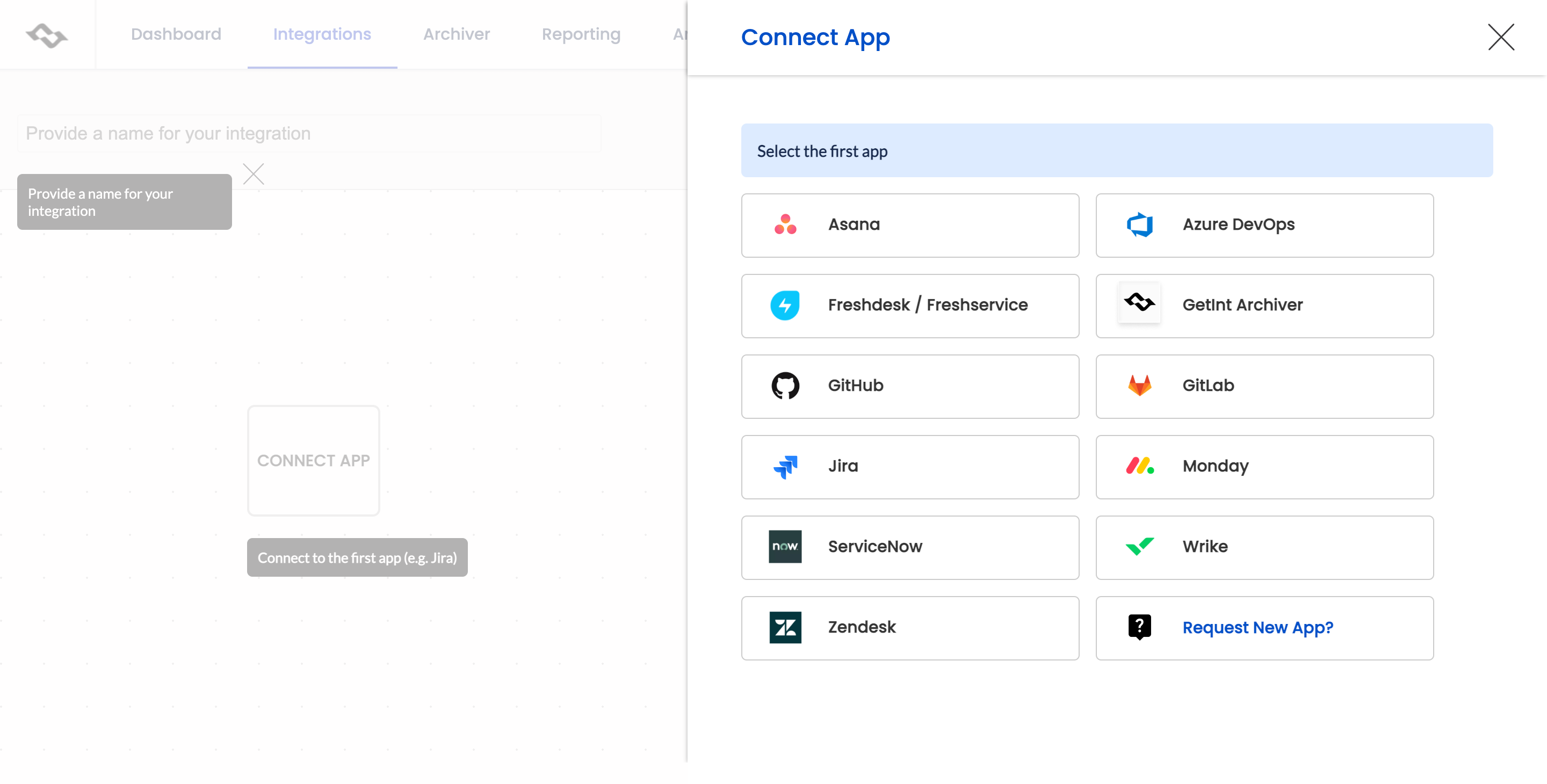
Step 1: Connect your Jira account with Monday.com account
- Select Jira in the Getint Integration Center.
- Enter the URL of your Jira instance, along with a username and either an API token (for Jira Cloud) or password (for Jira Data Center).
- Do the same for Monday.com using your user token.
Tip: you don’t need to install additional synchronizers. However, installing the Jira app from the Atlassian Marketplace is the preferred setup.
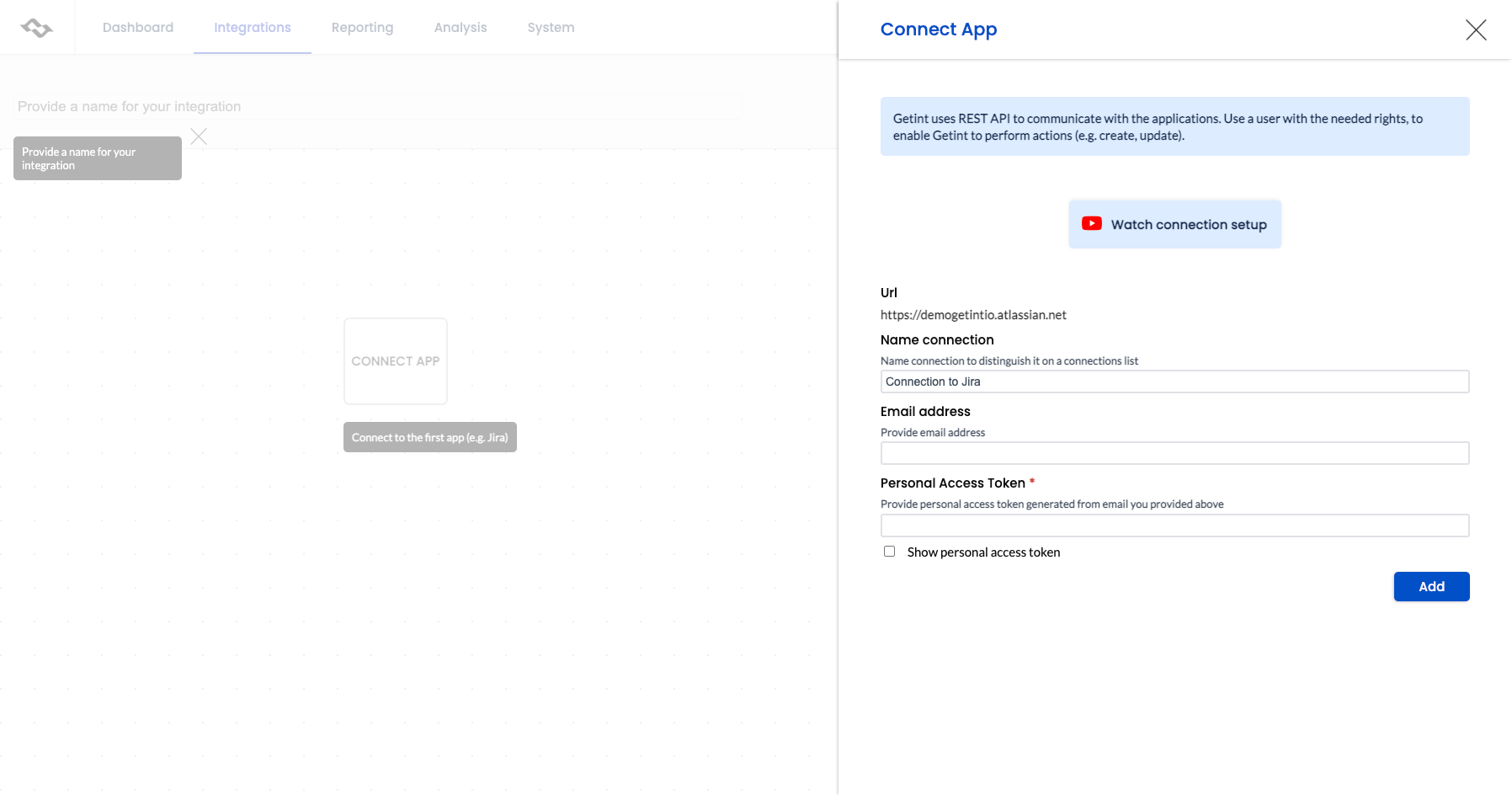
Step 2: Set integration type and scope
By default, Getint enables bi-directional integration, but you can customize this at the field level.
Choose whether each field should sync:
- From Jira to Monday
- From Monday to Jira
- Or in both directions
This flexibility allows you to sync only specific items, control data exposure, and keep your automation clean.
Step 3: Map work item types
Match the work item types from Jira account (e.g., task, bug, story) with Monday.com item types. This step ensures accurate alignment between platforms, especially for custom stream of work used by your development team or other departments.
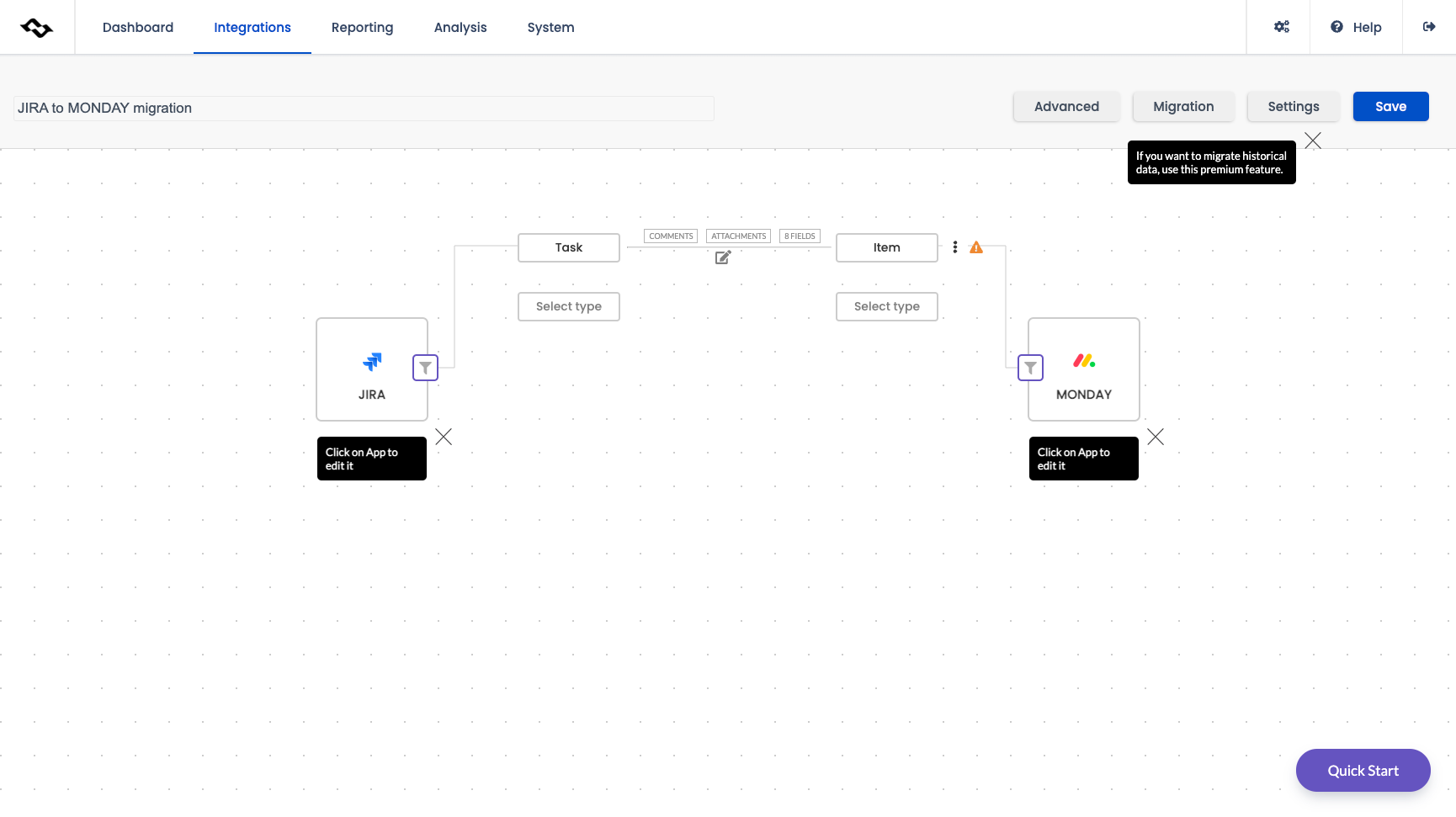
Step 4: Field mapping
Next, define how individual fields map across platforms:
- Map standard fields like title, description, status
- And custom fields such as priority, tags, department, or any field you've configured
- Set the sync direction for each
- Some fields can be integrated bidirectionally, and some only in one direction
Keep in mind:
- Jira comes with many native fields
- In Monday.com, only the “title” field is standard - you’ll need to create additional fields manually before mapping
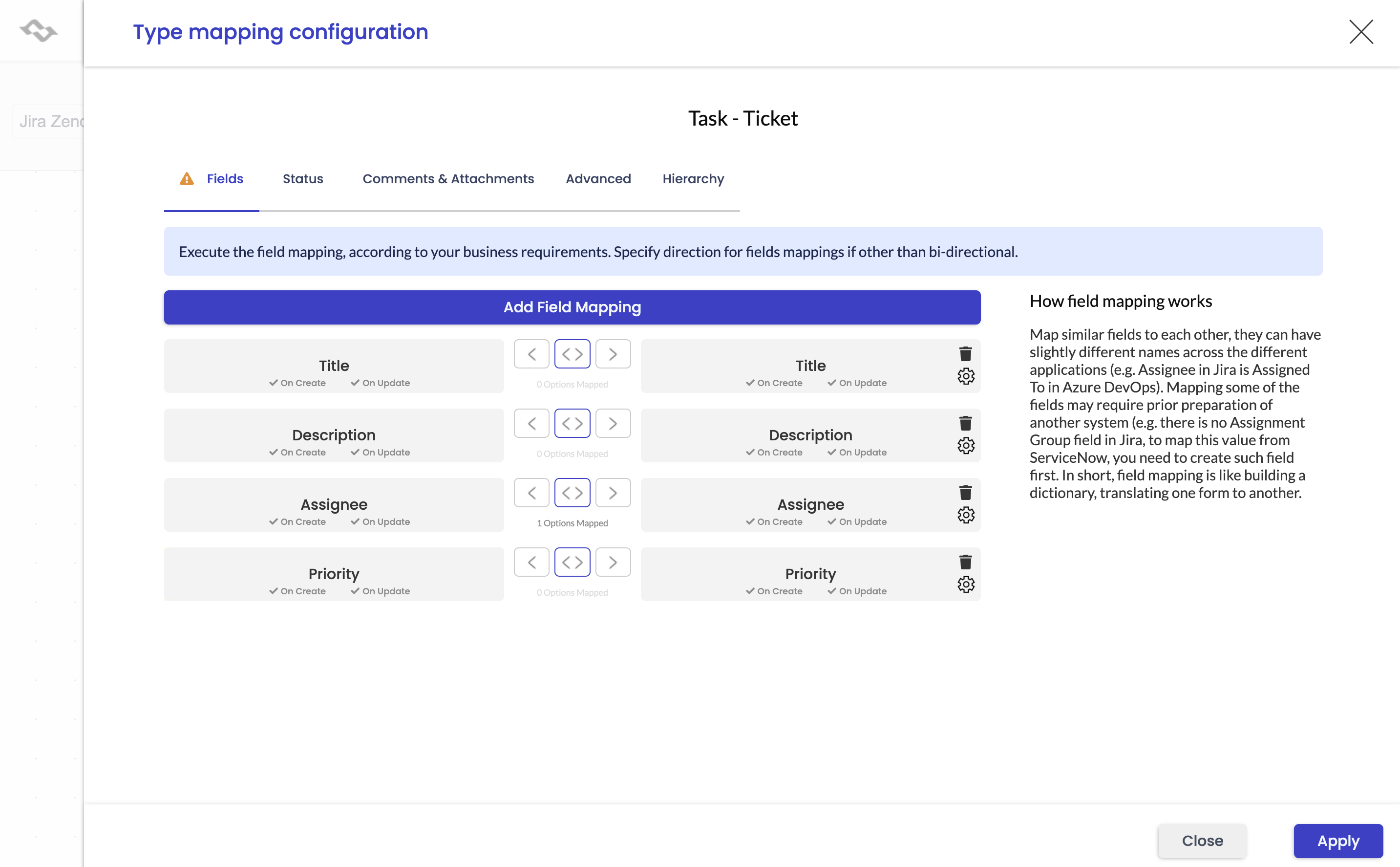
Step 5: Status mapping
Align status fields to ensure everything translates accurately:
- If the workflows are identical, use one-to-one mapping
- If not, use one-to-many mapping to accommodate differences (e.g., Jira's “in progress” could link to multiple statuses in a second tool)
This guarantees both platforms reflect the current state of work without confusion.
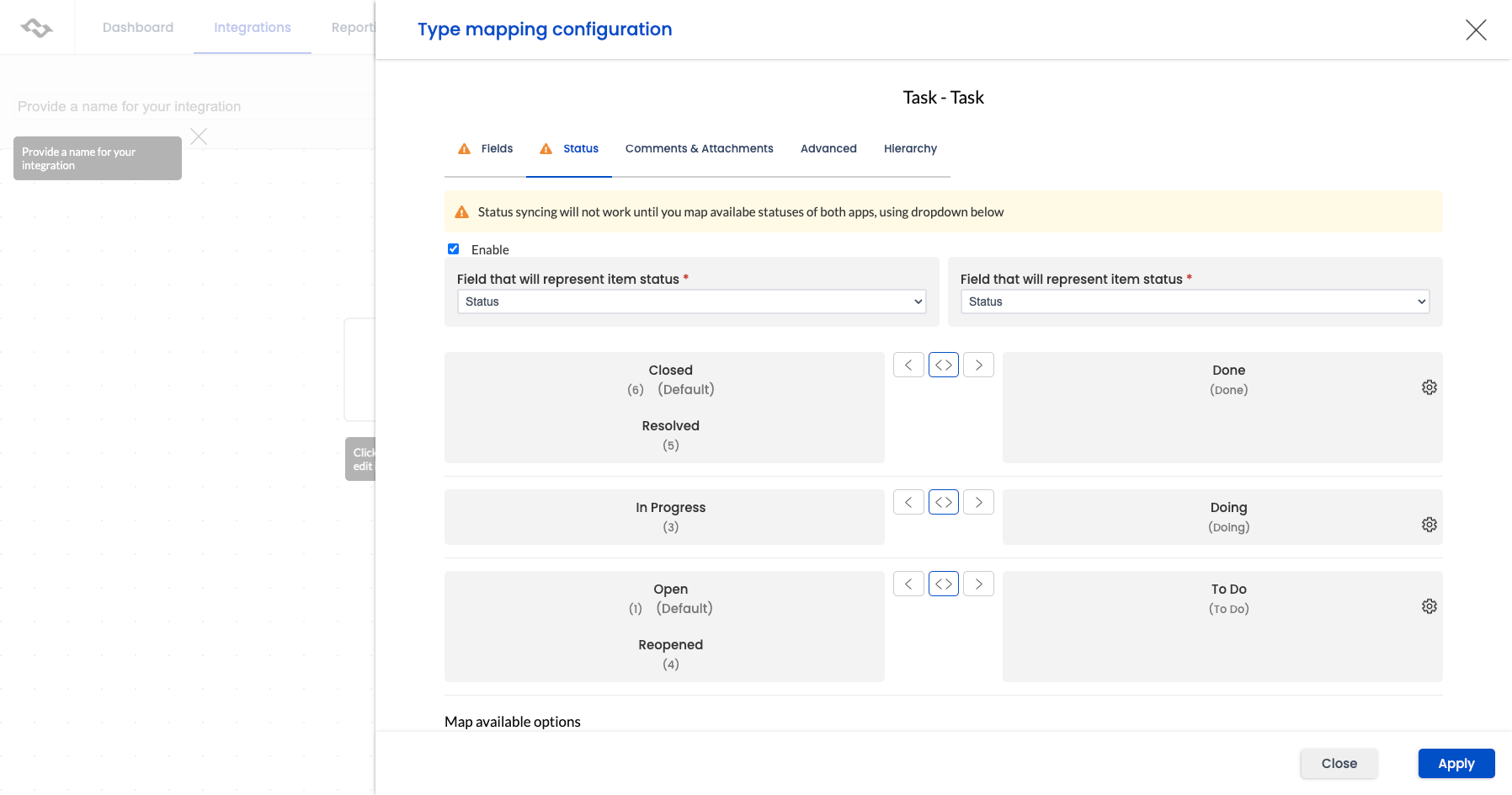
Step 6: Configure comments and attachments
Decide how you want to connect communication between platforms:
- Sync public comments only
- Or include private/internal comments
- Enable syncing of attachments, if necessary for task or issue context
This functionality is especially helpful for customer support and cross-team collaboration where shared communication history matters.
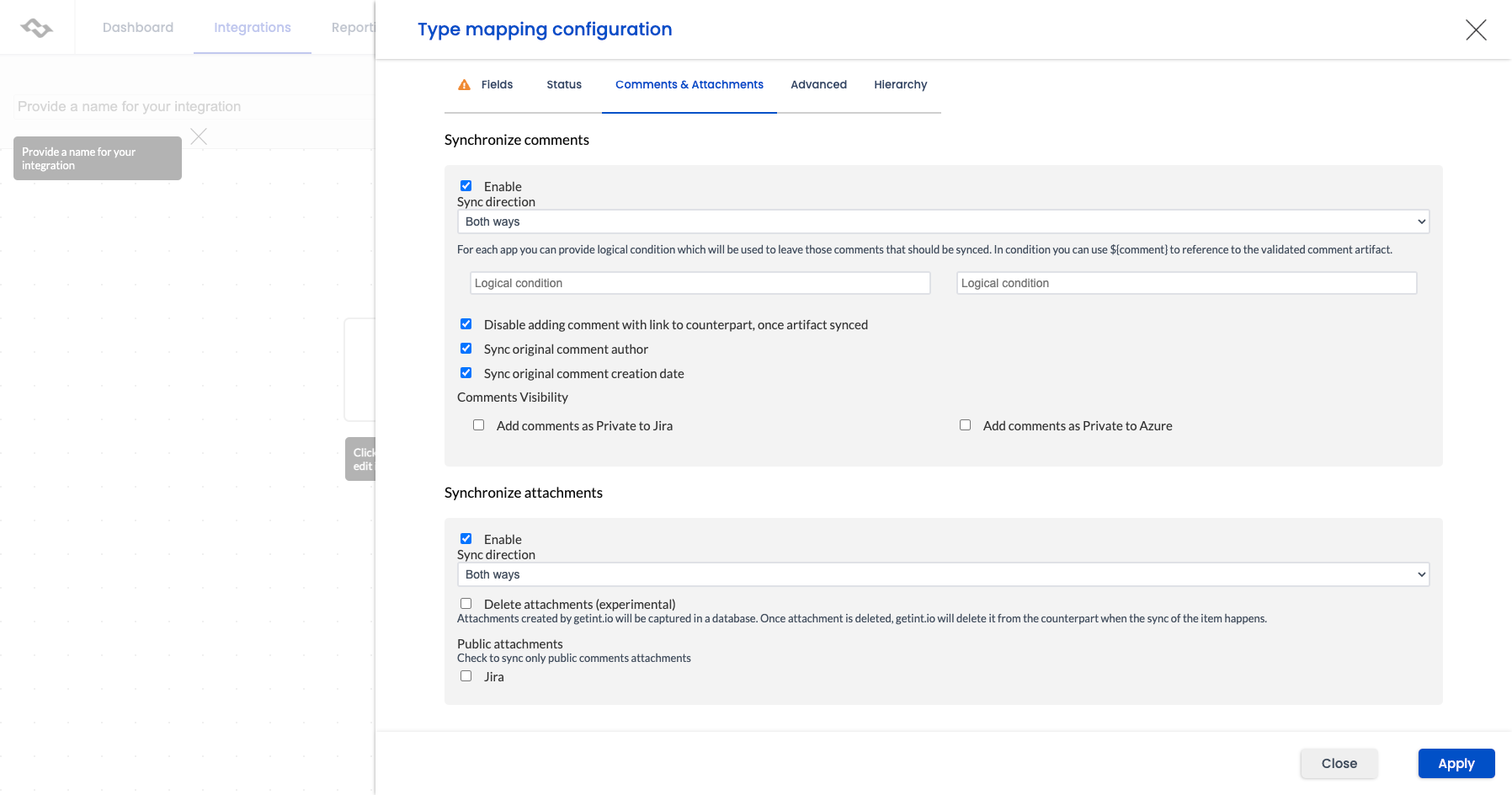
Step 7: Apply advanced filtering
Use Getint’s filtering capabilities to limit integration scope based on:
- Organization
- Status
- Label
- Work item type
- Any custom field
This ensures you're only syncing relevant tasks from designated teams or projects. Advanced filters help teams maintain security, improve performance, and reduce unnecessary noise in integrated views.
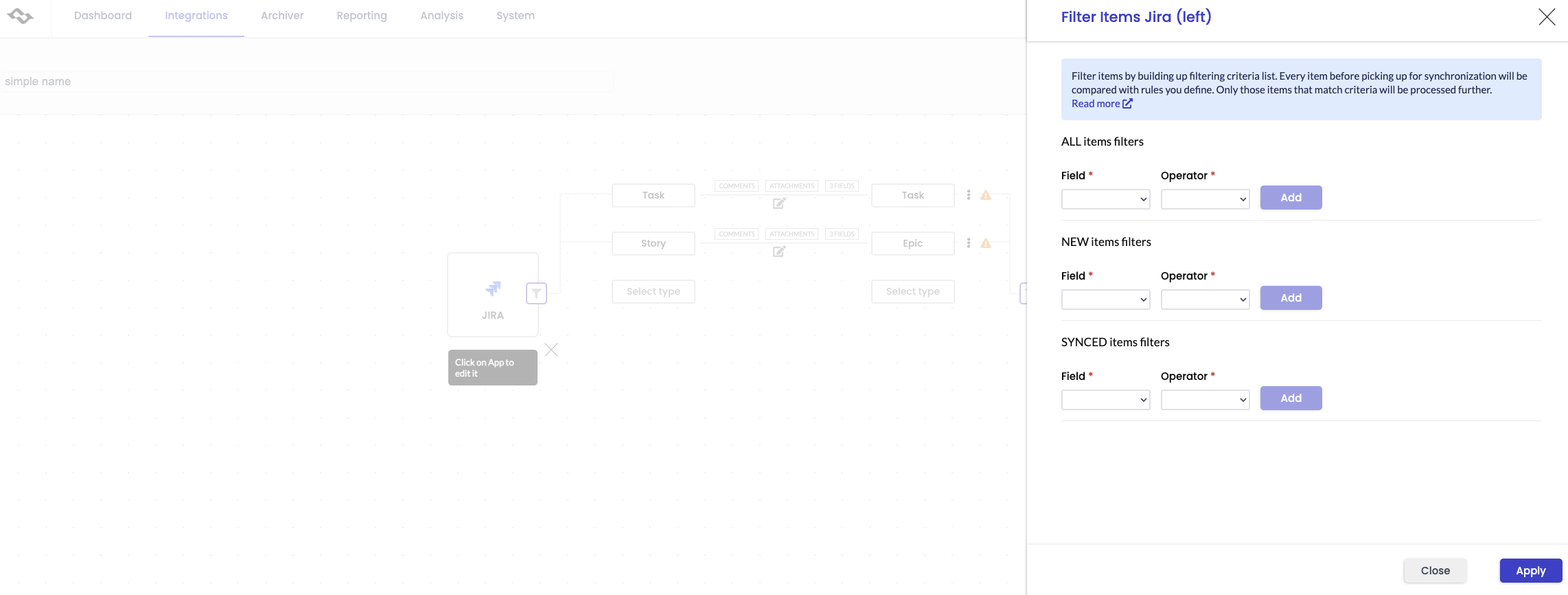
Getint will let you filter out items based on all the fields available for a given project.
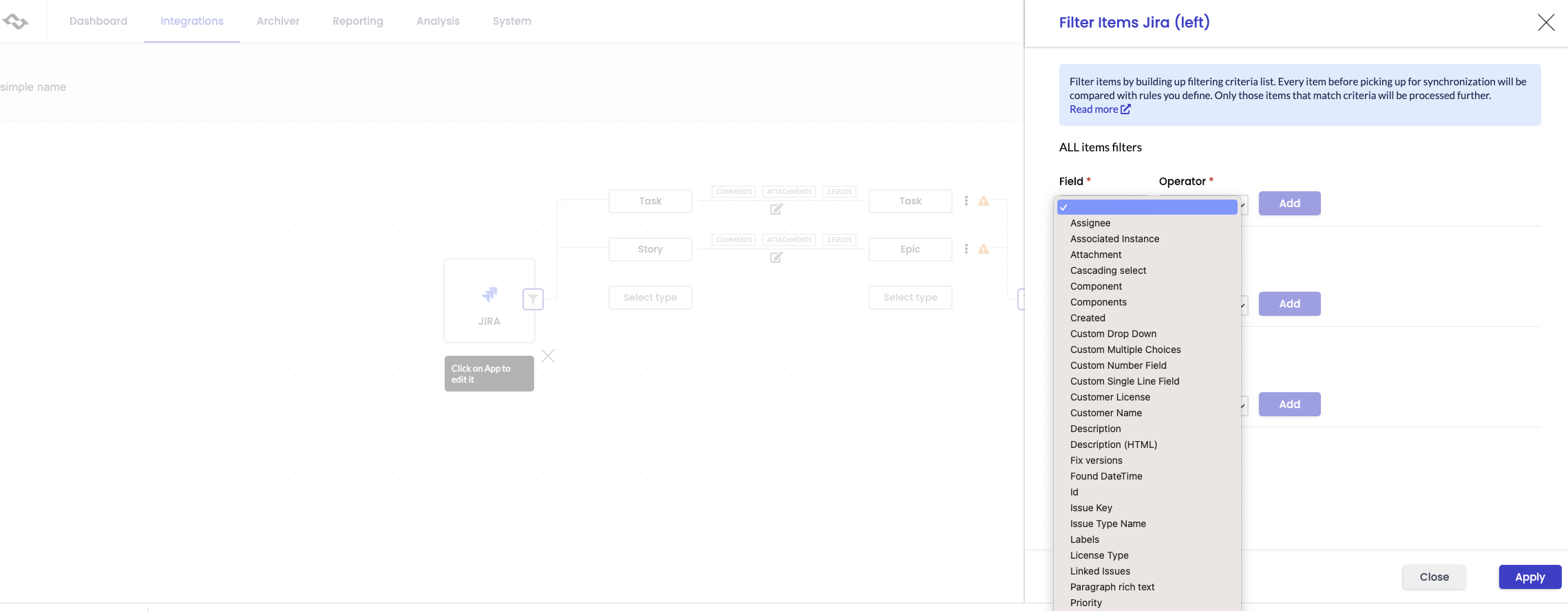
Step 8: Monitor integration in near real-time
Once setup is complete, go to the Reporting section in Getint to track performance and activity:
- Monitor synchronization health
- Review errors, issues, or sync lags
- Ensure both platforms are continuously aligned
Regularly monitoring your integration helps ensure data integrity across Jira Cloud, Jira Data Center, and Monday.com boards.
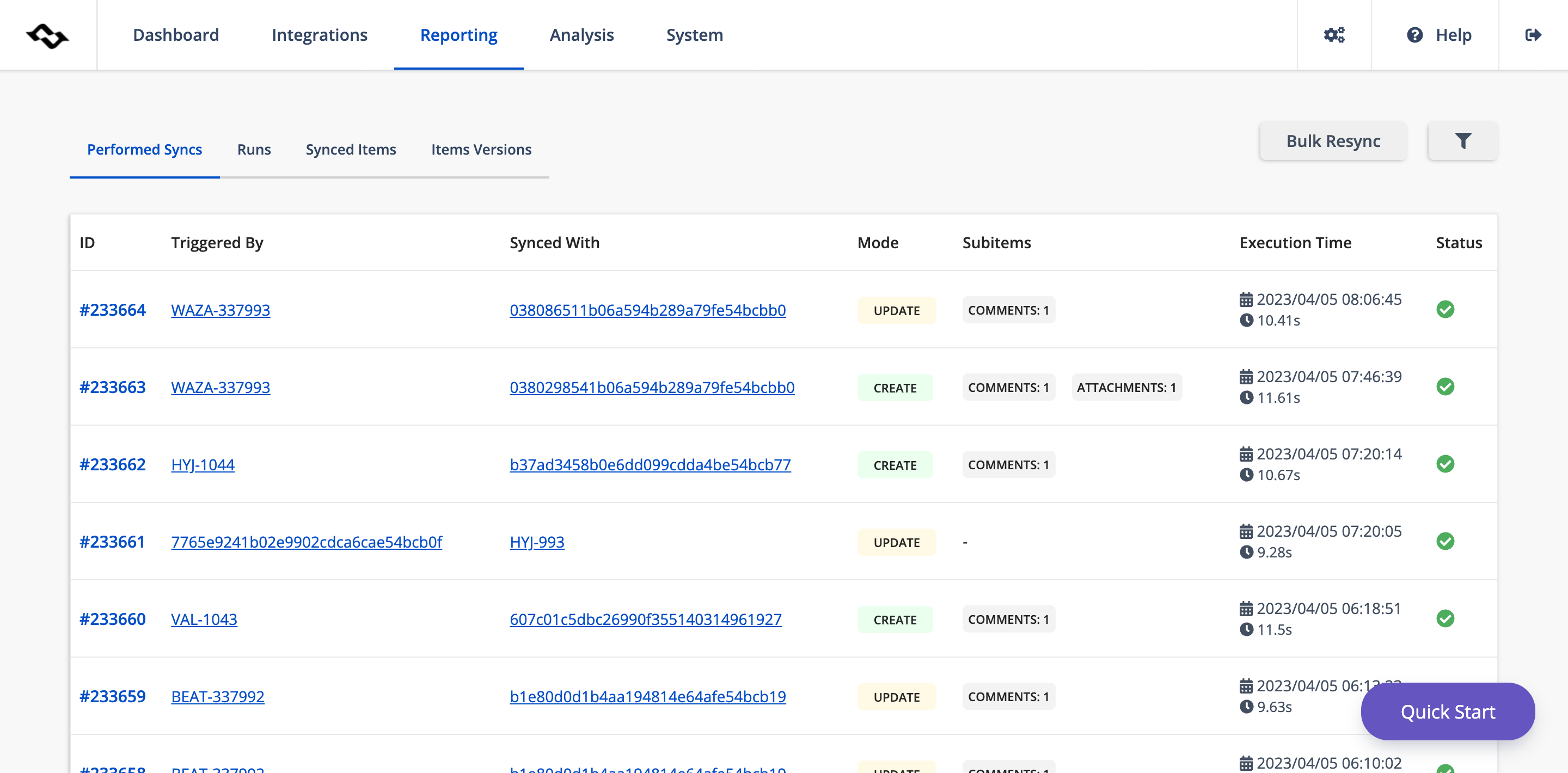
What You Gain from the Integration: Summary
The integration of Monday.com Jira integration can dramatically boost the synergy and productivity of your customer support and project management teams. By building a bridge between these two platforms, your teams benefit from:
- Clearer communication between departments
- Improved task tracking and visibility across tools
- Streamlined project workflows with fewer delays
- A secure, scalable way to support automation and data mapping across systems
- Reduced manual updates and duplicated work
When integrating cooperative software tools like Jira, Azure DevOps, ServiceNow, Asana, or even transitioning from one tool to another, it's crucial to select a platform that offers a broad spectrum of options - across development, support, and business teams. Whether you’re using Jira Cloud, Server, or Data Center, Getint integration helps align every stakeholder, developer, and project lead under a single, efficient flow of work.
Experience our service for free on the Atlassian Marketplace.
Read more about the integration here: Jira Monday.com integration.
